In this project, we investigate the affective properties of interpersonal touch.
The social softness illusion (SSI) reveals that the affective meaning behind touching another person can alter the perceptual experience in the touch givers, amounting to the illusion that the other’s skin is softer than one’s own skin.
This illusion is said to reflect an interoceptive mechanism from which giving pleasure can be perceived as receiving pleasure.
In this project, we investigate the affective properties of interpersonal touch in general but focus on the active body part in particular. In other words, we try to find out whether the SSI is partly moderated by the body part of the touch giver.
We hypothesize that the active body part during interpersonal touch is affected by both sensory attenuation effects, as well as various combinations of active and passive skin properties delivered reciprocally across different skin types.
This project serves as a useful first extension of the original SSI by elucidating some of its constraints when it comes to feeling rather than sensing.
Collaboration
The project is a collaboration with Eleonora Vagnoni (John Cabot University, UK), and Adam Enmalm and Rebecca Böhme (Linköping University).
